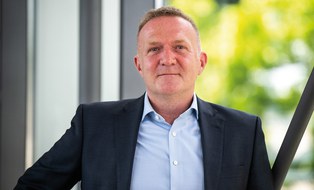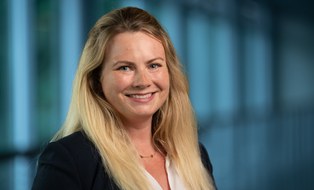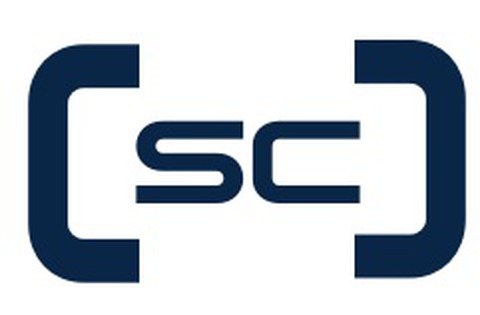SENSCUBATOR
Der SENSCUBATOR ist eine Innovationscommunity im Rahmen des Programms DATIpilot. Er hat das Ziel, die marktgerechte Entwicklung von Sensoren und Sensorsystemen zu beschleunigen und die Transfereffizienz aus der öffentlichen Forschung in die Industrie zu steigern. Im Fokus steht die Schaffung nachhaltiger Strukturen für den effizienten Technologietransfer an der Schnittstelle zwischen Wissenschaft und Wirtschaft.
Die SENSCUBATOR Community vereint Expert:innen der Technischen Universität Dresden, der Technischen Universität Chemnitz, des Helmholtz-Zentrums Dresden-Rossendorf (HZDR) und VEMAS.innovativ mit Unternehmen aus verschiedenen Branchen, um gemeinsam innovative Sensoriklösungen zu entwickeln und in die Anwendung zu bringen. Der SENSCUBATOR bietet gezielte Unterstützung durch den SENSCUBATORfonds, der Finanzierungsmöglichkeiten für Transfervorhaben bereitstellt. Ebenso können technische und methodische Kompetenzpools für Transferprojekte genutzt werden.
Das SENSCUBATOR Team setzt sich für den Aufbau und die nachhaltige Entwicklung der Community ein. Dies umfasst unter anderem die Etablierung eines Community-Office als zentrale Anlaufstelle, die Organisation von Netzwerktreffen, die Bereitstellung von Managementunterstützung sowie Maßnahmen zur internen und externen Kommunikation. Durch strategische Auswahl und Förderung passender FuE-Projekte wird der Innovationsprozess beschleunigt und eine breite Anwendung sensorischer Technologien in verschiedenen Industriezweigen ermöglicht.
Weitere Informationen zum SENSCUBATOR finden Sie unter:
https://www.senscubator.de/
Call for Ideas: Mit dem SENSCUBATOR von der Idee zum Markt
Die erste Bewerbungsrunde ist abgeschlossen. Wir freuen uns über die starke Beteiligung und bedanken uns herzlich für die vielen spannenden und innovativen Projektideen. In nur vier Wochen haben wir 36 spannende Einreichungen aus sieben Institutionen erhalten.
Der nächste Call ist bereits in Planung und startet voraussichtlich Anfang 2026.
Schauen Sie gern bald wieder vorbei. Wir halten Sie auf dem Laufenden.
 © Sven Ellger/TUD
© Sven Ellger/TUD
Julia Lüpfert
Projektleitung SENSCUBATOR
Eine verschlüsselte E-Mail über das SecureMail-Portal versenden (nur für TUD-externe Personen).
 © HZDR
© HZDR
Helmholtz-Zentrum Dresden-Rossendorf
NameDr.-Ing. Andrè Bucht
Innovationsmanager Sensorik
 © Sven Ellger/TUD
© Sven Ellger/TUD
Stefanie Rockstroh
Projektmangerin SENSCUBATOR
Eine verschlüsselte E-Mail über das SecureMail-Portal versenden (nur für TUD-externe Personen).


